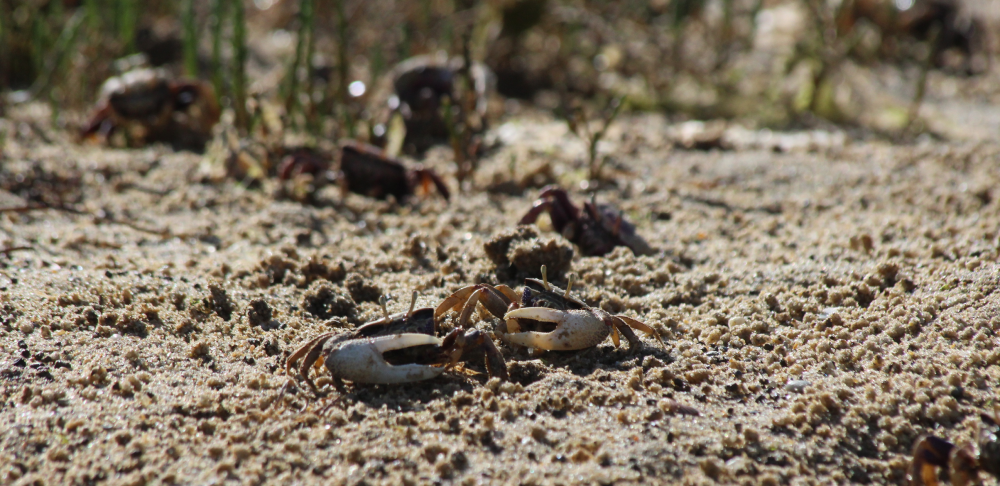Wavy Dave the robot crustacean has been showing scientists how male fiddler crabs respond when they see a fellow crab waving. Famous for their enormous claws, the team made Wavy Dave blend in by giving him a huge claw of his own, only for it to get ripped off by a male crab.
Before he was struck down, Wavy Dave’s experiments revealed that male crabs would wave for longer when the robot crab was waving. They didn’t pick up their speed, however. It could be that the robot’s waving was a signal to them that a female might be around, but without actually laying eyes on her, they didn’t put in their all.
“Our findings reveal the subtle ways in which these crabs adjust their behaviour to compete in a dynamic environment, investing more in signalling when it is likely to be most profitable,” said study author Dr Joe Wilde in a release sent to IFLScience. “We know many animals adjust their sexual displays if rivals are nearby, but less is known about how they react to the actual displays themselves.”
Fiddler crabs live in burrows and when it’s time to make baby fiddler crabs, the males will stand outside their burrows and try to woo a female by waving their impressive claws. Females are most drawn to the males that wave at speed and have particularly big claws, so competition is stiff. So, how do the crabs respond to that competition?
“If you own a shop and your rivals start selling things really cheaply, you might have to change how you run your business. The same might be true for males signalling to attract females – and our study suggests males do indeed respond to competition.”
As for what females made of Wavy Dave, Wilde reports they seemed to clock something was “a bit odd” about the robot crab. There were also males who didn’t tolerate his presence, trying to fight him, and one male even succeeded in pulling off his claw. After that, the trial had to be abandoned so they could reboot Wavy Dave.

Male fiddler crabs. Such distinguished young gentlemen, until they aren’t.
Image credit: Dr Joe Wilde
The biomimetic robot was a pipedream of Wilde’s during lockdown when 3D scans of fiddler crabs’ impressive claws became freely available. He had printed his own claw and taught himself enough robotics to make Wavy Dave, eventually developing an app that would enable him to control the waving via Bluetooth.
Thanks to funding from the Natural Environment Research Council GW4+ Doctoral Training Partnership, Wavy Dave became a reality, and has provided intriguing insights into the flexibility of fiddler crabs’ sexual displays when they see a rival is nearby, however shifty looking he may be.
The study is published in the journal Proceedings of the Royal Society B.
Source Link: Oh No, Wavy Dave! Robot Crustacean Waves At Fiddler Crabs For Science, Has A Bad Time